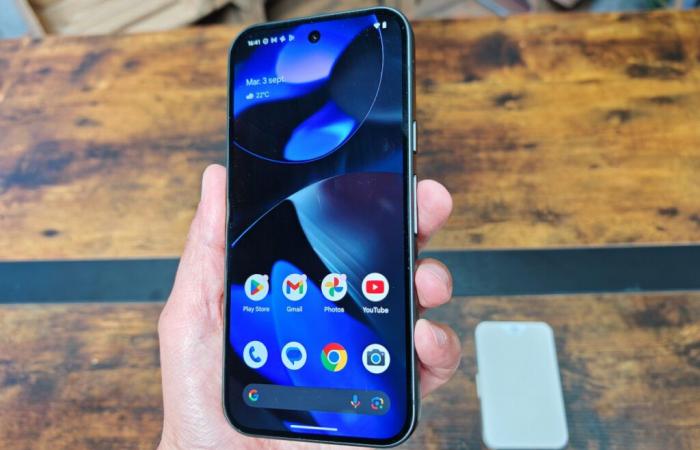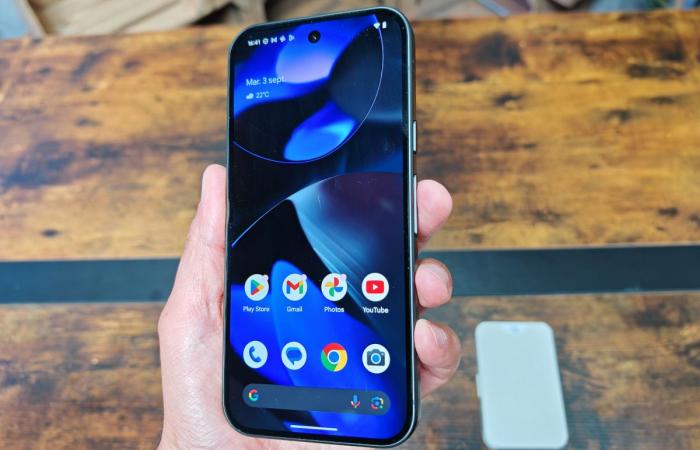Google has just confirmed that Android 16, codenamed “Baklava,” will launch much sooner than expected. This is a radical change in the company's deployment strategy, which traditionally favored releases at the end of the year. It will likely mark a historic turning point for the mobile operating system.
For over a decade, Android users had become accustomed to new version launches between August and October. Android 16 will not follow this tradition, Google has just confirmed that this version will be deployed in the second quarter of 2025. To find a major Android release in the second quarter, you have to go all the way back to 2012 with Android 4.1 Jelly Bean.
According to the company, the traditional schedule limited smartphone makers in their launches of new devices. The best Android phones and tablets could not be released until the third quarter with the latest version of the system. This constraint notably affected the launch of Google's Pixel 9 series, forced to start with an earlier version of Android. Additionally, new processors like the Snapdragon 8 Elite and MediaTek Dimensity 9400 are designed specifically for the latest version of Android, sometimes creating incompatibilities with previous versions.
Also read – Android 16 would finally bring back these very practical shortcuts deleted in 2021
Android 16 will arrive much sooner than expected, and another update is already planned
Google will not only bring forward the release date of Android 16 and subsequent versions: the company also plans more frequent updates. For 2025, two major versions are already planned:
- Android 16 main release in Q2
- A minor, but feature-packed, Q4 update (Android 16 QPR2)


This new cadence will allow Google tointroduce new APIs and fix existing issues more quickly, without waiting for the traditional annual cycle.
The good news for developers is that the developer preview program will begin “ very soon “. While the first preview of Android 15 began in February, that of Android 16 could arrive sooner, potentially before the end of this yearreflecting the new accelerated schedule.
How does Google plan to change its release schedule?
This major change would have been made possible thanks to Google's adoption of a “trunk-based” development model, as explained by Seang Chau, VP and GM of the Android platform. This new approach allows all developers to work on a single branch of internal code, making it easier to detect and fix regressions before deployment.
Google has also implemented a new internal flag system called “aconfig” to control the availability of new features, APIs and fixes. This modernized infrastructure likely allows Google toaccelerate its development cycle while maintaining quality.
The company is actively working with its OEM and processor manufacturer partners to ensure a smooth transition to this new model. The goal is that minor updates planned for the end of 2025 are not limited to just Pixel devices, but benefit the entire Android ecosystem. Until now, QPR versions of Android have been almost exclusively reserved for Google's own smartphones, with other manufacturers generally having to wait for the next major version to benefit from the most recent features of the OS.
This historic change in the development of Android promises not only faster updates, but also better adaptability to new technologies, particularly in the field of generative artificial intelligence. It now remains to be seen how these changes will affect the release of the next Android smartphones, and what will happen to manufacturers' update promises. If we could have believed that the “7 years of updates” at Samsung resulted in 7 new versions of Android, it could ultimately be different.
Source : Android Authority








